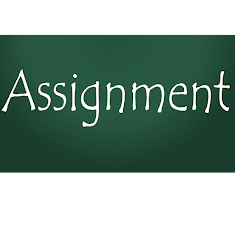Many words and phrases are commonly confused with each other when writing in English. (The same problem might exist in other languages as well, but unfortunately I am not fluent enough to pick up these nuances in another language. My high school French teacher, who was impressed with my ability to converse with strangers on a school trip to Paris, would be very disappointed.)
Unfortunately, many of these confused words and phrases are not picked up by the Microsoft Word spelling and grammar review that so many of us have come to rely on. This includes common typos that might change the meaning of a sentence but are still grammatically correct.
To catch these types of mistakes, it is important to allow enough time to review your final proposal draft, paying close attention to each word, as well as to ask at least one colleague or professional editor to review the proposal prior to submission. This means that if you are working on an R01 proposal for the October 5th deadline, you should not plan to finish writing your Research Strategy on October 4th. It takes time to read and absorb every word of a document - most of us have a tendency to skim over text we have written and already read multiple times.
Examples of word and phrase substitutions and common typos to watch for include:
- advise - advice
- affect - effect
- cancer - canker
- data - date
- flight- fight
- flow - fowl
- food - flood
- its - it's
- light - lite
- phase - phrase
- prostate - prostrate
- then - than
- they're - their - there
- to - too
- veterinarian - vegetarian (yes, I have seen this one!)
- who - whom
- your - you're
This list is, of course, not exhaustive. There are many possible typos and mistakes that can occur during the course of writing your NIH grant proposal. Often, typing quickly leads to typos in acronyms. For example, HPLC becomes HLPC. To help catch this if you are working on the document in Word, I recommend searching for each acronym that has been used in your proposal. The acronyms should have red lines under them, which indicate spelling errors. If you ignore the spelling error, the red lines with disappear under all instances of the acronym. If you do this for all of your acronyms and there are still red lines remaining in the text, it will help to alert you of typos.
I hope these examples help to illustrate why it is vitally important to begin the writing process early and finish your materials early enough to allow time to incorporate review by colleagues or professional staff. The more eyes on the proposal, the better!
.png)

